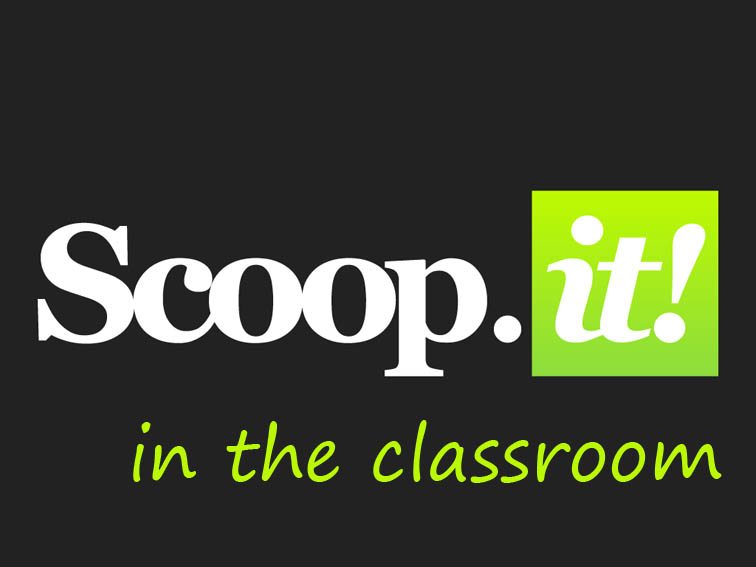Why Scoopit Is Becoming An Indispensable Learning Tool
Leanna Johnson, Learning with Technology
Scoop.it collates work from online publications using an online magazine format, and this visual impact alone makes it very effective.
The additional appeal of broadcasting from a hub allows me to tap into and share with my ed tech networks, which is why I find myself using it more often during time constraints.
First of all, it’s powerful–it incorporates multiple elements of familiar social media tools. But it’s also very flexible–the mobile app is quite functional for both iPhone and Android, and a toolbar plugin can be installed on browser windows. Scoop.it’s athleticism makes it a time-saver; educators and students will quickly grasp its value in content gathering.
Additionally, using Scoop.it will meet multiple standards (Common Core and NETS-S) across the curriculum. Students use critical thinking skills to collect, evaluate and analyze content; they may identify trends from discourse; they develop writing skills in original expression; and they interact, communicate and publish to a global audience. But perhaps more importantly, students practice digital citizenship and personal responsibility to lifelong learning.
Curation is a valuable skill for today’s learner. In a culture of content overload, members that provide great content to their audience will be recognized leaders in network communities. Optimally, we equip students to differentiate good content from bad in preparation for their further education and careers. Curating an online topic (and allowing comments) also increases self-awareness and provides additional insight from others. The nuances of sharing content and writing to an audience become much better understood through interactivity between the curator and participating audience.
Using Scoop.it on a mobile device makes it a constrained platform, which lessens stress. Low-manipulative content feeds seem to decrease management overload by the user, a fact supported by this study conducted in November, 2012, “News and the Overloaded Consumer: Factors Influencing Information Overload Among News Consumers.” If you want great productivity from your students, alleviate stress level by reducing managability from their content feeds through the filtering elements Scoop.it offers.
Why Students Like Scoop.it
1. Inclusion of visual elements
2. Community networking
3. Immediate tap-in to a broad range of social media
4. Autonomy and expression in a collaborative environment
5. Ongoing, succinct conversation through commenting
6. Ownership of personal learning
7. Mobile Learning Potential
Why Educators like Scoop.it
1. It provides personal learning and deeper understanding of topics
2. Individual or cooperative work
3. Research using filters
4. Understanding of how keywords attract online readers
5. Activity similar to discussion boards, a necessary skill for online LMS environments
6. All levels of Bloom’s Revised Taxonomy, the low-order to high-order cognitives educators consider when choosing technology tools
7. Mobile Learning Potential
Why Use Scoopit?
At the end of the day, you’re “doing” a lot actually simply by using a technology like scoopit. You’re modeling the p
- roper use of social media, can help students understand w
- riting for an audience, k
- eywords and vocabulary understanding (and the aforementioned audience awareness), e
- xploration and gathering of online resources, i
- mage and element impact, c
- ollaboration and c
- ommunity environments.
If you’re worried about content protection among the users, especially younger students, you may log-in a student to a main account and monitor work that way.
This is especially helpful when a limited amount of computers are available. While working on a group topic under one account (our school’s), I ask my high school students to write a personal insight on their found article and end it with their initials. This ensures I can assess their input as a community member to the topic research. Currently, we are researching healthy eating but also plan to incorporate a broader approach to health by including exercise and personal relationship articles. For this reason, we named our topic “Good Life 101.”
From my own personal use, I discovered that I turn to Scoop.it more often than any other tool when it comes to sharing with my PLN. Implementing Scoop.it in the classroom was an “Aha!” moment, and I think you’ll have the same experience.
Why Scoopit Is Becoming An Indispensable Learning Tool

